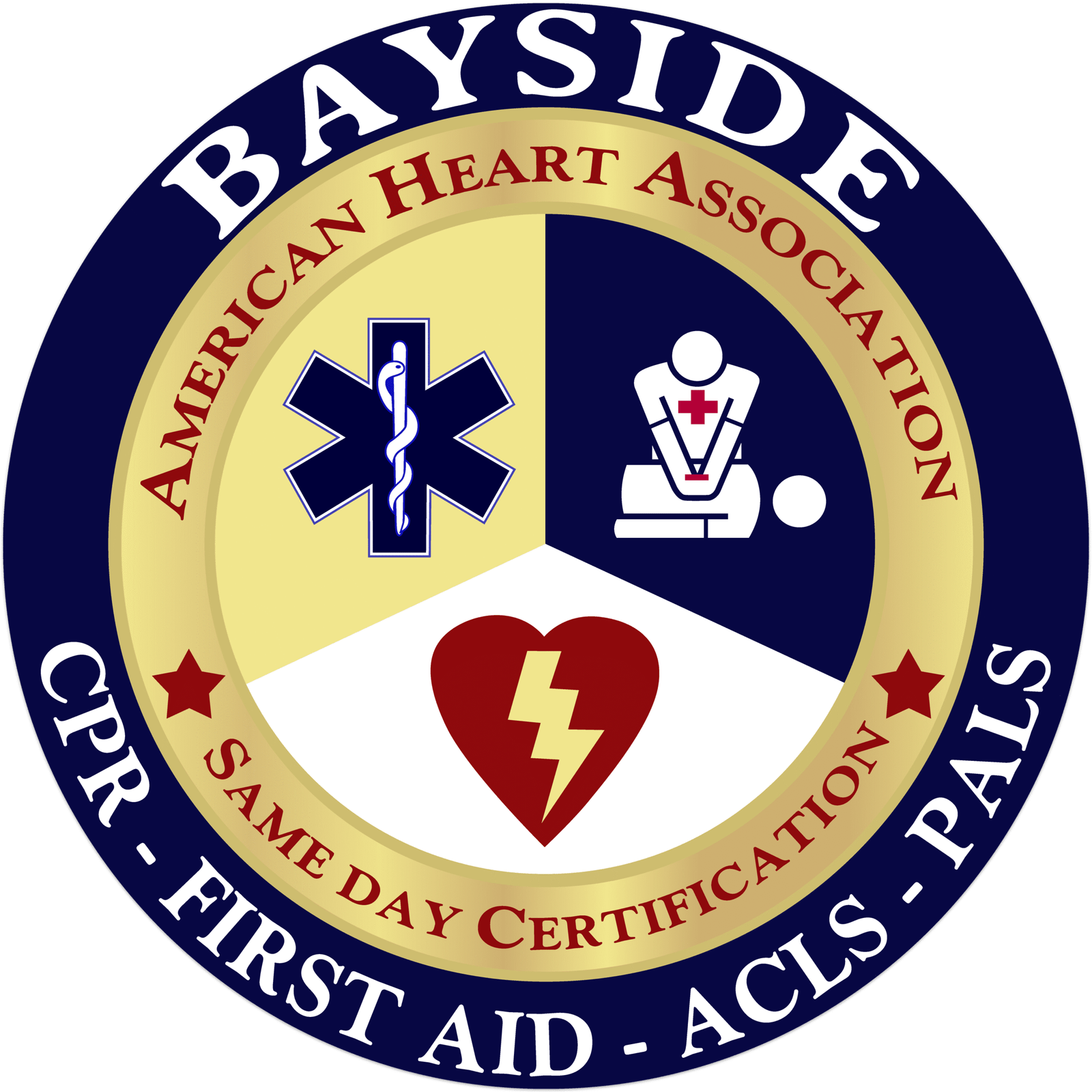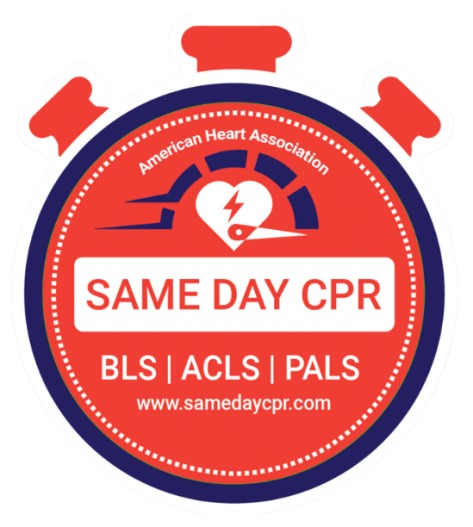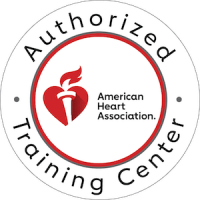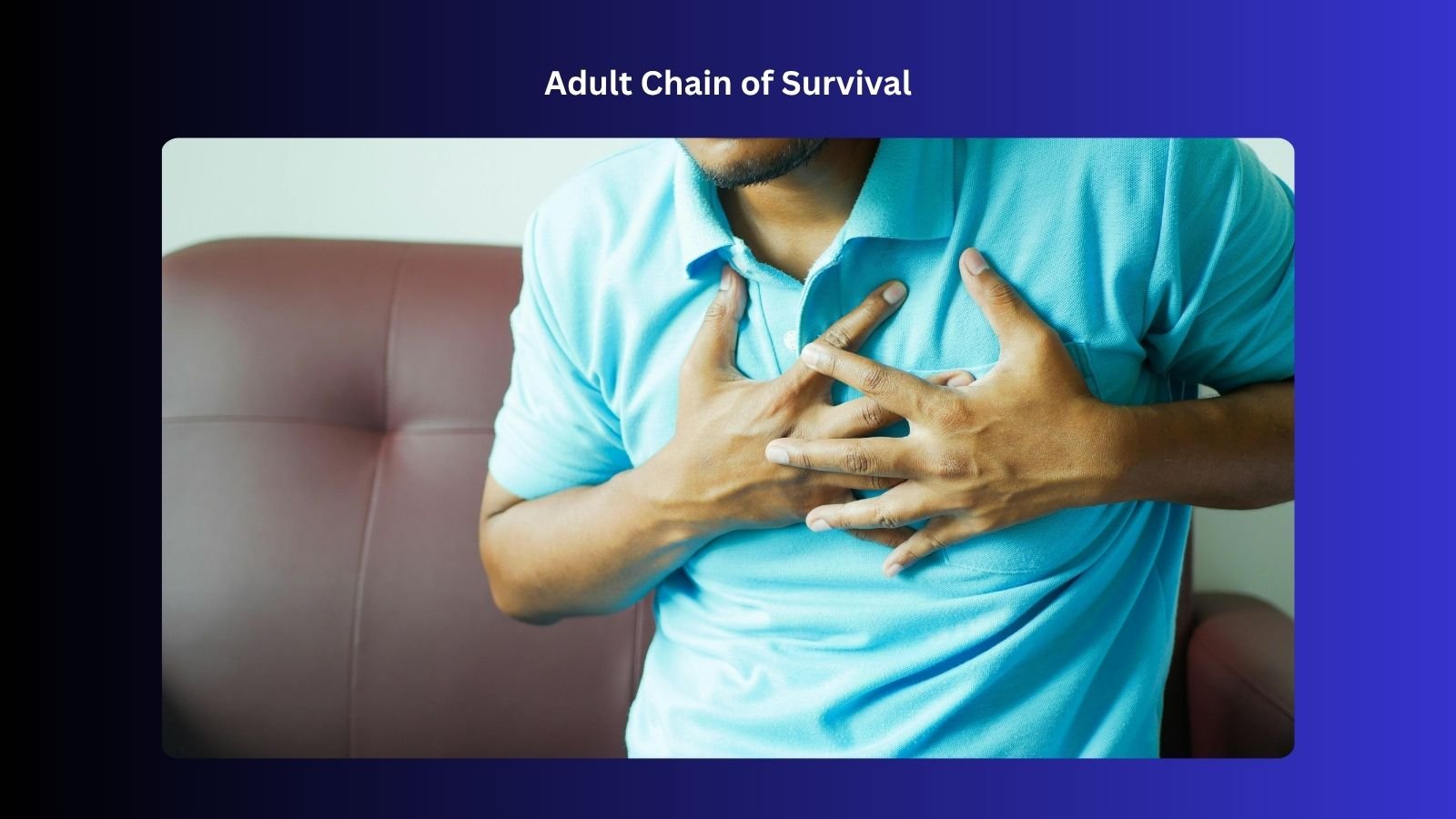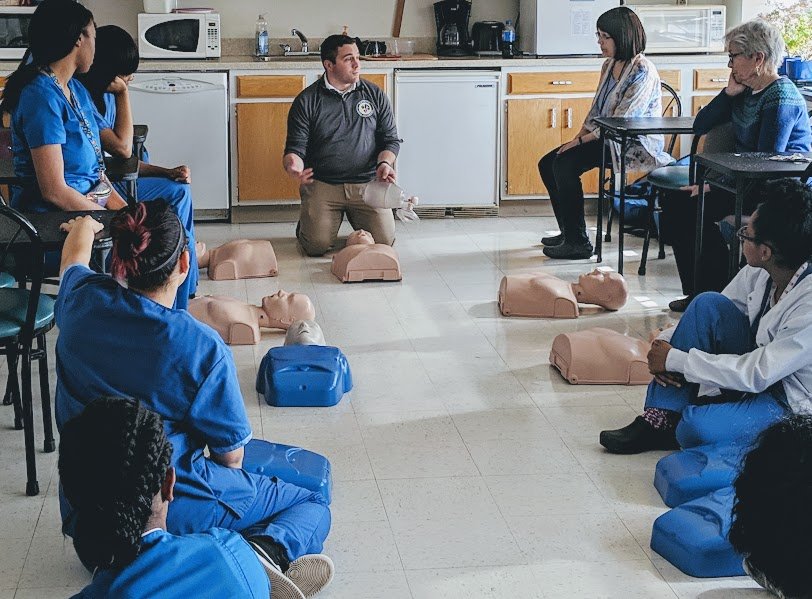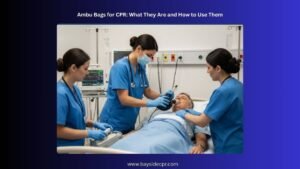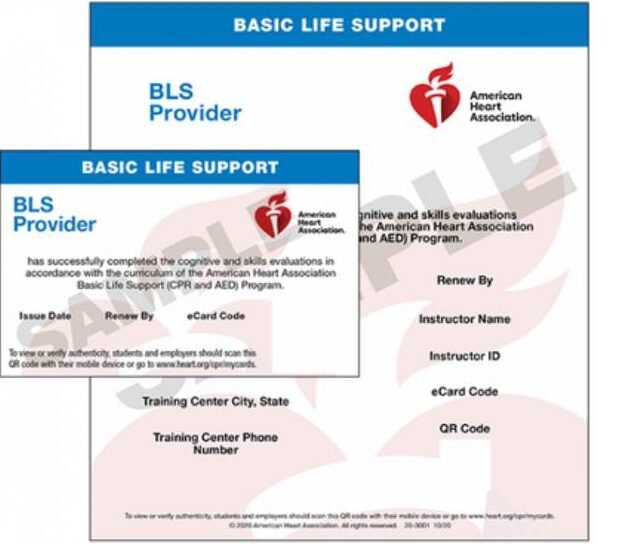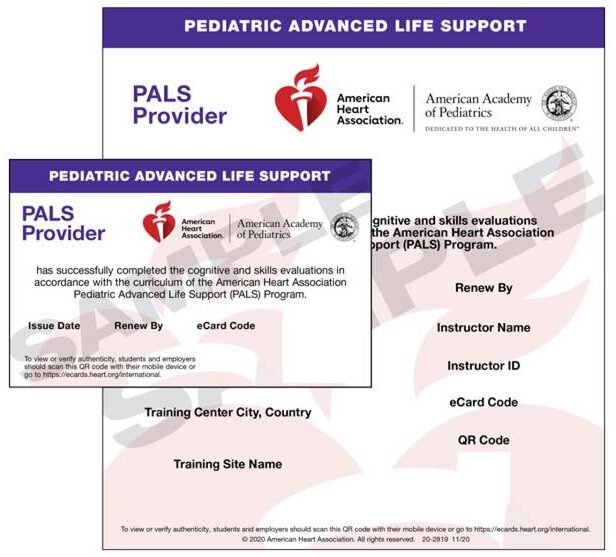The Adult Chain of Survival is a series of steps that help guide rescuers, healthcare providers, and bystanders in giving the best possible care until the person’s heart and breathing are restored. These steps are designed to work together, forming a strong link from the moment the heart stops to the time the person receives full medical treatment.
The American Heart Association (AHA) developed the Adult Chain of Survival to make sure people understand how to respond in an emergency. Learning these steps helps both professionals and the public act quickly and effectively when someone collapses or becomes unresponsive.
Let’s look closely at each link in the Adult Chain of Survival and understand how they work.
1. Early Recognition and Activation of Emergency Response
The first step in the chain is recognizing cardiac arrest and calling for help. This step begins when you notice someone who suddenly becomes unresponsive, stops breathing normally, or is gasping for air.
Signs of Cardiac Arrest:
- The person does not respond when you tap their shoulder or speak loudly.
- They are not breathing or are only making abnormal gasping sounds.
- Their skin may turn pale or bluish.
When you see these signs, call the emergency number 911 immediately. If possible, have another person make the call while you begin CPR. Quick recognition and early activation of emergency services ensure that professional help is on the way while life-saving actions begin.
Many people hesitate to act because they are unsure or afraid of doing something wrong. However, doing something is far better than doing nothing. The first few minutes after cardiac arrest are critical for survival, so calling for help and starting CPR right away can make a major difference.
2. Early Cardiopulmonary Resuscitation (CPR)
Once emergency help is on the way, the next link is to start CPR immediately. CPR keeps blood and oxygen flowing to the brain and other vital organs until the heart can be restarted.
Steps for High-Quality CPR:
- Place the person on a firm, flat surface.
- Kneel beside them and place the heel of one hand on the center of their chest.
- Put your other hand on top and interlock your fingers.
- Push hard and fast, at least 2 inches deep at a rate of 100 to 120 compressions per minute.
- Allow the chest to fully rise after each push.
- If trained, give 2 rescue breaths after every 30 compressions.
If you are not trained or uncomfortable giving breaths, do hands-only CPR (continuous chest compressions without breaths). This is easy to remember and highly effective for adults in sudden cardiac arrest.
CPR may seem difficult, but it is one of the most powerful tools in saving a life. The goal is to keep oxygen moving through the body until professional rescuers arrive with more advanced equipment.
3. Early Defibrillation
Most adult cardiac arrests are caused by abnormal heart rhythms, such as ventricular fibrillation (VF) or pulseless ventricular tachycardia (VT). These rhythms stop the heart from pumping blood effectively. The only way to correct them is by using a defibrillator: a device that delivers an electric shock to the heart.
Using an Automated External Defibrillator (AED):
An AED is a portable device found in many public places like schools, offices, gyms, and airports. It is designed for anyone to use, even without medical training. The device gives clear voice instructions that guide you through the process.
Here’s how to use it:
- Turn on the AED and follow its voice prompts.
- Expose the chest and attach the electrode pads as shown on the diagrams.
- The AED will analyze the heart rhythm automatically.
- If a shock is advised, make sure no one is touching the person and press the shock button.
- Resume CPR immediately after the shock until emergency personnel arrive or the person shows signs of life.
Early defibrillation greatly improves the chance of survival. For each minute defibrillation is delayed, survival rates drop significantly. Having AEDs in public places and knowing how to use them can save countless lives.
4. Advanced Life Support
Once emergency medical services (EMS) arrive, the next link in the chain is advanced life support. This level of care is provided by trained healthcare professionals who have access to specialized equipment and medications.
Advanced life support includes:
- Airway management to ensure proper breathing.
- Administration of oxygen and medications to support the heart.
- Defibrillation and ECG monitoring to identify and correct irregular rhythms.
- Establishing intravenous (IV) or intraosseous (IO) access to deliver fluids and drugs.
- Advanced airway insertion if necessary to assist breathing.
These actions stabilize the person and prepare them for safe transport to the hospital. The emergency team continues CPR, gives medication like epinephrine if needed, and monitors the heart rhythm continuously.
The smooth transition from basic CPR to advanced life support helps maintain continuous care and prevents delays in treatment.
5. Post-Cardiac Arrest Care
Even after the heart starts beating again, the person remains at risk. The final link in the Adult Chain of Survival is post-cardiac arrest care, which happens in the hospital.
This stage focuses on protecting the brain and heart, preventing further complications, and improving long-term recovery. The medical team may:
- Provide oxygen therapy to maintain healthy blood levels.
- Use cooling techniques (targeted temperature management) to protect brain function.
- Monitor heart rhythm to prevent another cardiac arrest.
- Treat the underlying cause of the arrest, such as blocked arteries or heart disease.
- Begin rehabilitation and recovery support.
Strong post-cardiac arrest care increases the chances of survival and helps people return to normal life.
Why the Chain of Survival Matters
The Adult Chain of Survival is more than just a list of steps, it’s a system that connects community members, emergency responders, and healthcare providers. Each link depends on the one before it. If one link is weak or delayed, the entire process is affected.
For example, if bystanders fail to recognize cardiac arrest quickly, CPR and defibrillation may be delayed, lowering the chance of recovery. On the other hand, if the first three links (recognition, CPR, defibrillation) are performed quickly and effectively, advanced care has a much better chance of success.
Communities that promote CPR training, install AEDs in public places, and encourage people to act confidently in emergencies often see higher survival rates from sudden cardiac arrest.
The Role of the Community
Everyone can be part of the Adult Chain of Survival. You don’t have to be a doctor or paramedic to make a difference. Bystanders often play the most important role because they are the first to respond before professionals arrive.
Here’s how you can help strengthen the chain:
- Learn CPR: Take a certified CPR course in your area.
- Know where AEDs are located: Many workplaces, schools, and malls have them.
- Call for help immediately: Never assume someone else will do it.
- Encourage others to learn: Families, teachers, and coworkers should all know basic lifesaving steps.
Building a community of trained responders ensures that more people get help quickly when cardiac arrest happens outside the hospital.
How Training Helps You Act Confidently
During an emergency, fear and confusion can delay action. CPR and AED training help build confidence so you can respond without hesitation. Training courses often include:
- Hands-on practice with manikins.
- Step-by-step guidance from certified instructors.
- Realistic scenarios that prepare you for what to expect.
- Updates on the latest life-saving techniques.
By understanding how the Adult Chain of Survival works, you’ll know exactly what to do if someone collapses near you. You can take charge, begin CPR, use an AED, and direct others to call for help.
Conclusion
The Adult Chain of Survival is a simple yet powerful system that connects the actions of bystanders, rescuers, and medical professionals. Each link from early recognition to post-cardiac arrest care plays a vital role in saving lives. Learning these steps and being ready to act can make a real difference.
Taking a CPR class, learning how to use an AED, and understanding when to call for help are not just skills — they are acts of care and responsibility. By being prepared, you can help strengthen the chain of survival and give someone the best possible chance to live.
